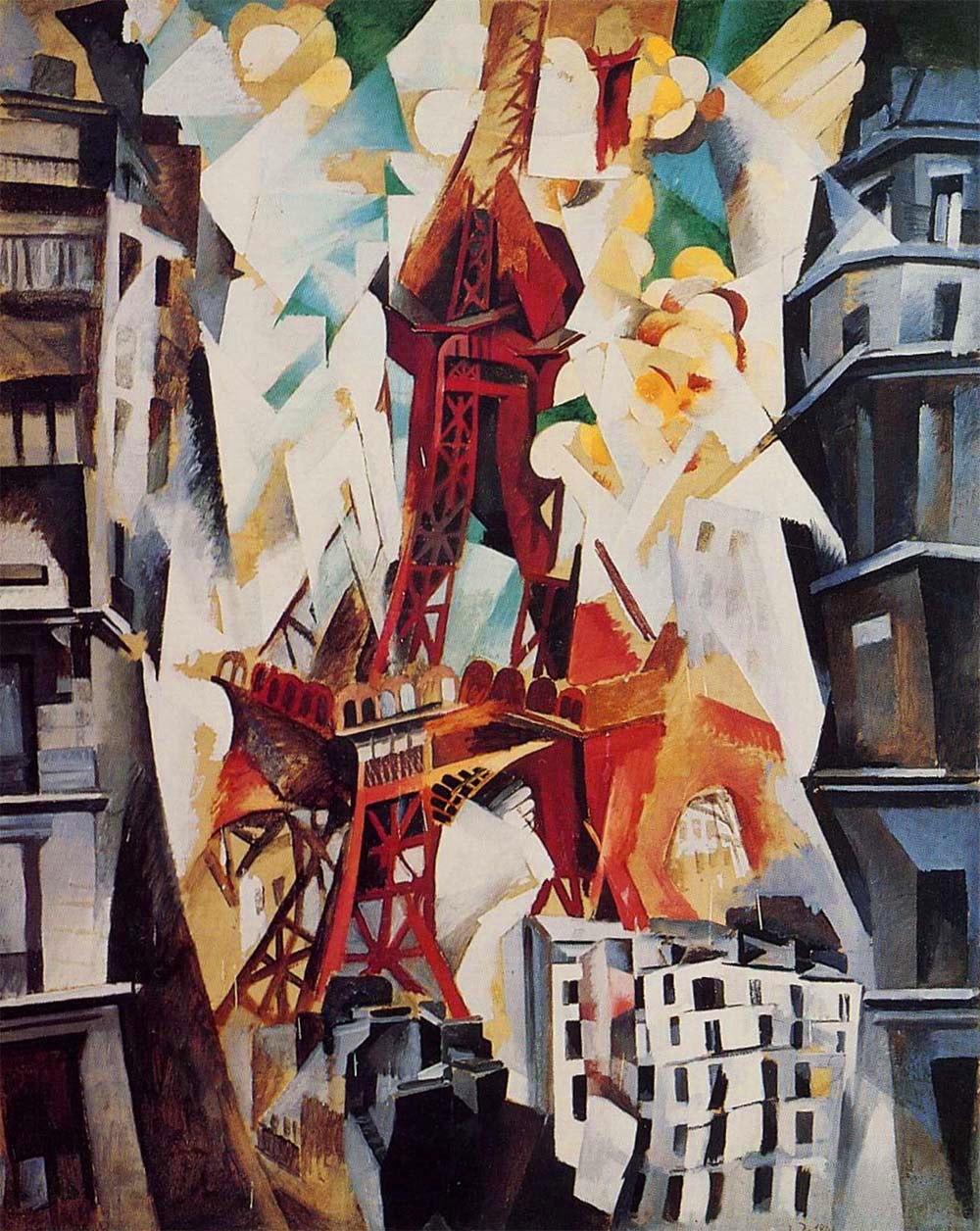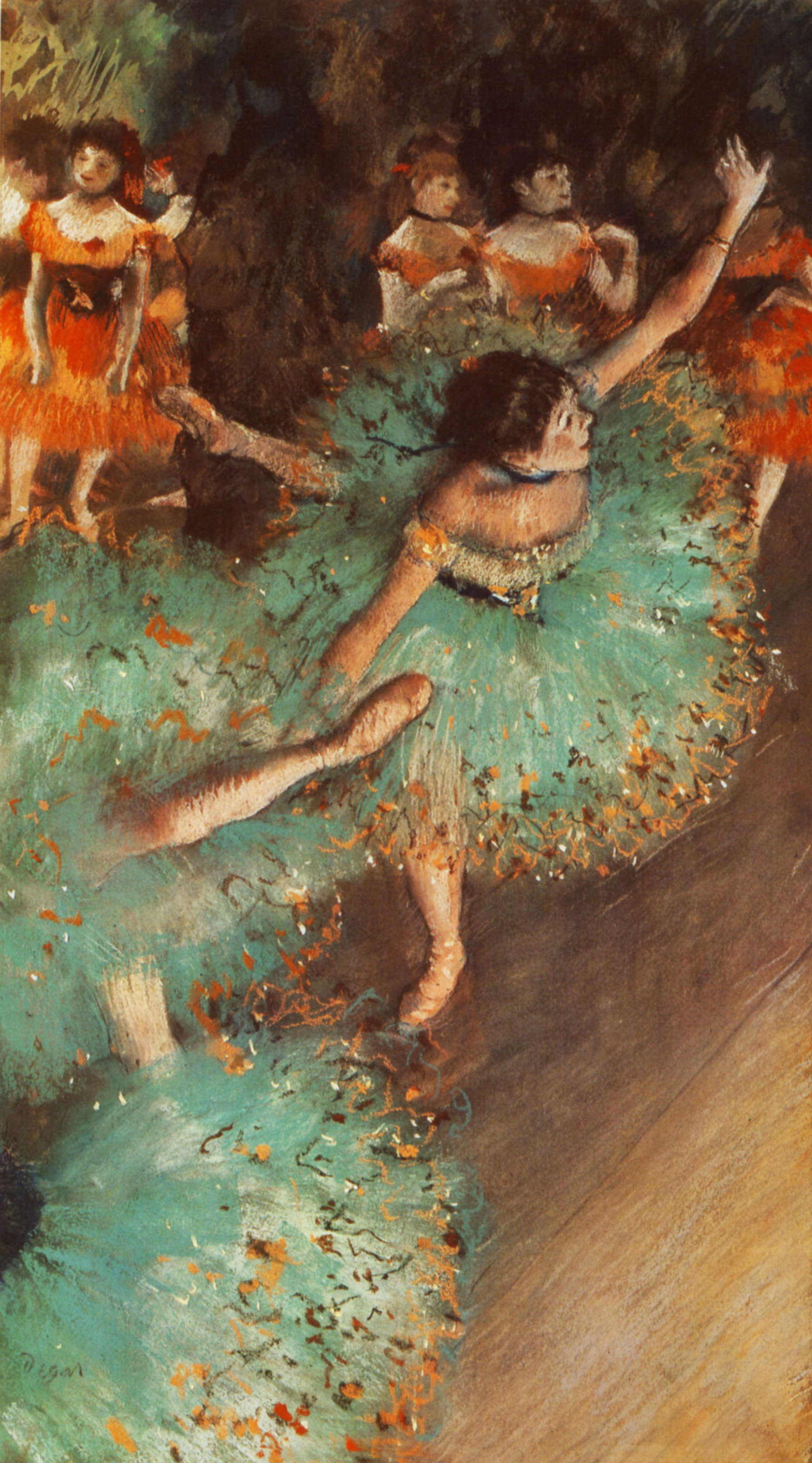Mackenzie Patel
Hello World Travelers! Over the past month, I have absorbed and drunk in and worshipped and fell in love with several symphonies thanks to my musically savvy academic team buddies. I was bewitched by Scheherazade, blown away by the Jupiter movement of The Planets, and stunned to death by Petrushka. There’s nothing quite like discovering a new piece of music, whether it be online or in person, and slowly becoming enamored with in until the captivating melodies and chords are all your mind can ponder. I know it sounds highfalutin and pretentious, but I’ve realized that listening to symphonies and studying art history are two of my favorite subjects ever. So why not combine the two? After all, they are of the same creative, turbulent, emotional, thought-provoking, and sensual strain.
The Planets
This star-crossed work was created from 1914 to 1916 by the prolific English composer, Gustav Holst. I originally thought this piece was a memorial to the capricious Greek and Roman gods of old, but it is about the astrology and character of each planet represented. Holst was bewitched by the stars and the thought of composing a piece based solely on their celestial qualities for a whole year before he started writing the music. Jupiter, Venus, and Mars were written first, quickly followed by Saturn, Uranus, Neptune, and Mercury. I saw this mind-blowing piece performed live at Ruth Eckerd Hall, and I definitely was enamored with the melodies of Jupiter the most. Something about its monumental quality and joyful tone make it a pleasure for my ears to behold. A few Baroque paintings would be excellent visual narratives for this auditory ecstasy. My mind first leaped to A Philosopher Lecturing on the Orrery, a painting made all the more thrilling because of its dramatic chiaroscuro lighting and its extraterrestrial vibe. Expertly painted in 1768 by Joseph Wright of Derby, this image straddles the border between being saturated in the Baroque and flirting with the Neoclassical era. On one hand, the extreme use tenebrism (contrast between light and dark) is straight out of a “how-to Baroque yourself out” guide; on the other hand, the depiction of science and new technology is highly suggestive of the Enlightenment (Cogito Ergo Sum). An orrery is a machine that imitates the rotation of planets around the sun; it’s interesting to note that the dominant light source is coming from the orrery, representing the age of reason and science.

A Philosopher Lecturing on the Orrery
The second painting that would be lovely to view while being serenaded by The Planets is The Astronomer by Vermeer of Delft (1668). This image is Dutch Baroque to the hilt because of its crisp treatment of light, the religious overtones, and the rather mundane interior scene that depicts a learned member of the middle class. The man supposedly inhabiting this quiet Vermeer world is Antonie van Leeuwenhoek, a revered figure in microbiology. Hanging classily in the Louvre, this painting radiates a planetary vibe because of the globe in the right-hand corner, the dominant tones of jewel blue, and the warm light from the outside realm dousing the painting. Plus, van Leeuwenhoek just gives off the “crazy astronomer” feel with his flowing robes and luscious locks.
.jpg)
The Astronomer, Vermeer
An American in Paris
The casual pedestrian waltzing down the street probably has heard of some fellow named Gershwin, but I’m almost 100% certain they will only be familiar with Rhapsody in Blue, Gershwin’s most famous swanky tune that personifies America in the 1920s. I love Rhapsody in Blue just as much as the next person, but An American in Paris, a composition penned by Gershwin in 1928, is more fabulous than cat-eye sunglasses and fishnet stockings. It evokes the sights and sounds that Gershwin experienced while he traveled to the city of love and fashion also in 1928. The loud honking noises intermittently heard throughout the piece are actually taxi horns from Paris that Gershwin used! The theme is my favorite part because of its vibe of excitement, vibrant city life, new artistic movements, and youth. Basically any French impressionist painting EVER depicting revelers drinking and dancing in the glow of Parisian streetlamps would be applicable to this musical masterpiece. Specific pieces that come to mind are Le Moulin de la Galette (1876), The City (1919), and Champs de Mars, La Tour Rouge (1911).

Le Moulin de la Galette, Renoir
Le Moulin de la Galette is one of my favorite paintings of all time—the dappling of light splashed onto the canvas, the sense of jollity, the carefree middle class enjoying their night in the dancing hall, and the thick impasto brushstrokes are so stimulating and fresh as a mint to me. I even have a giclee print reproduction hanging in my room! This merry image was created by Renoir, one of the most famous impressionists that was drunk on vitality for the majority of his career. I’m fascinated with the way the blue bench in the lower left-hand corner opens up to the viewer, as if beckoning us to join in on the laughter. The second image, painted by Fernand Leger, is buckets more abstract and busy than the Renoir funfest. As the name implies, The City has all the usual trappings of an urban area—streetlamps, roads, crossing signs, construction equipment, etc. However, all the metropolitan elements are discombobulated to the extreme as if they were merely flung onto the canvas in haste. I love the haphazard and exciting feel of the painting, and I imagine this is what walking down the streets of Paris on a busy summer evening must be like. Finally, Champs de Mars, La Tour Rouge typifies Paris in the early 1900s because the monumental (although artily shattered) Eifel Tower dominates the center. This work was created by Robert Delaunay, a Frenchman who helped found the Orphism art movement with his wife. Watch my video explaining this awesomely abstract image here.

The City, Leger

Champs de Mars, La Tour Rouge, Delaunay
Swan Lake Waltz
The last musical/art pairing is Swan Lake Waltz by Tchaikovsky and The Green Dancer/An Evening to Remember. Swan Lake is one of my favorite pieces because it’s so ethereal, graceful, and filling. I just feel like dancing elegantly across a wooden dance floor wearing some absurdly over-the-top velvety gown and five inch heels. My favorite part comes around the first minute—it’s so utterly romantic and alluring that I could listen to it for ages. Swan Lake as a whole was written from 1875 to 1876 and was first performed at the Bolshoi Theater (Moscow). The paintings paired with this stunning piece are of ballerinas. Of course, Degas’ The Green Dancer (1879) made the cut because of the bursting of green fabric, the shimmer of light that emanates from the girl’s face, and the radical perspective enjoyed by the Impressionists. I love the contrast between the angelic dancers in the center and unaware ballerinas lining the back like orange wallflowers. Degas, born in 1834, was an interesting character that had a weird fetish for young dancing girls—at least his paintings are beautiful! The last painting, An Evening to Remember, was done by a local artist and hangs in Ruth Eckerd Hall, a local performing arts center in my area. Created by Christopher Still in 2009, the scene portrays patrons and performers that have graced Ruth Eckerd’s stage in their heyday. Learn more about Still here. Watch the actual Swan Lake Ballet here.

Green Dancer, Degas
Background information and pictures come from my brain and Wikipedia.